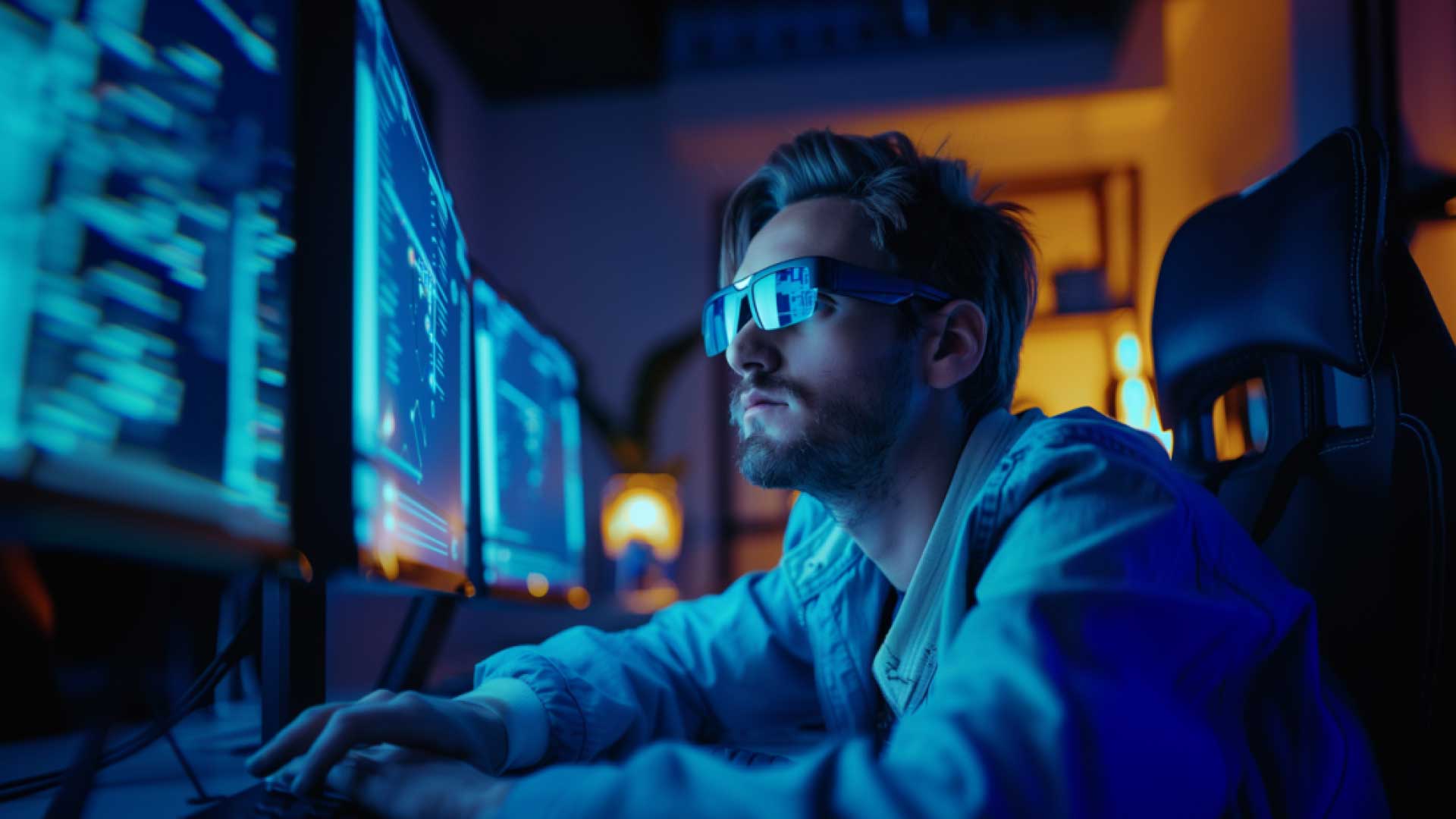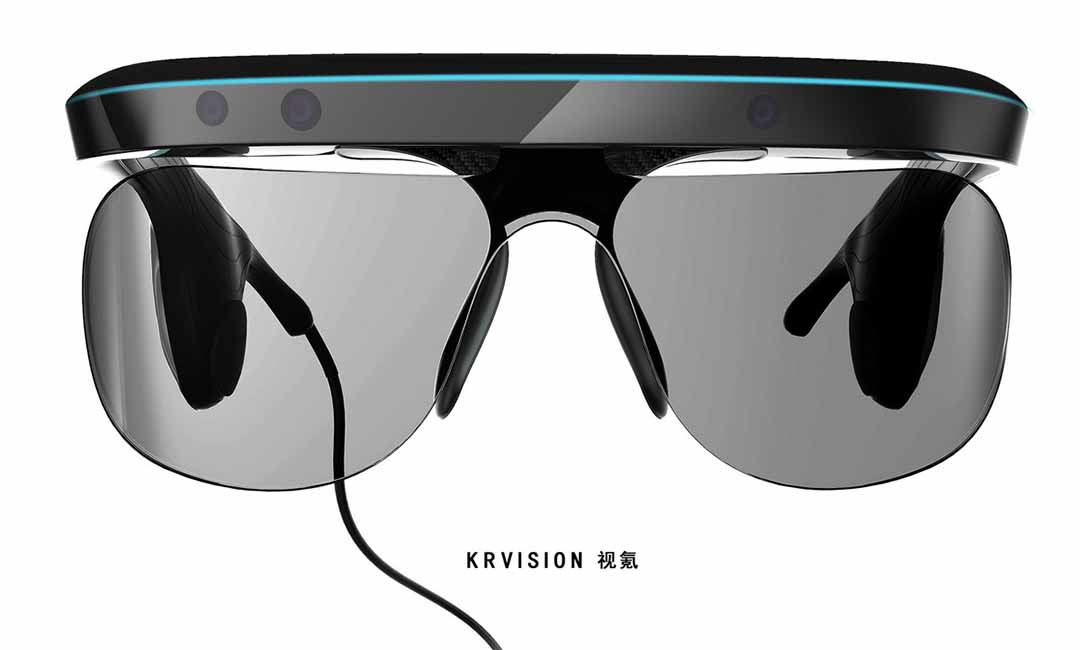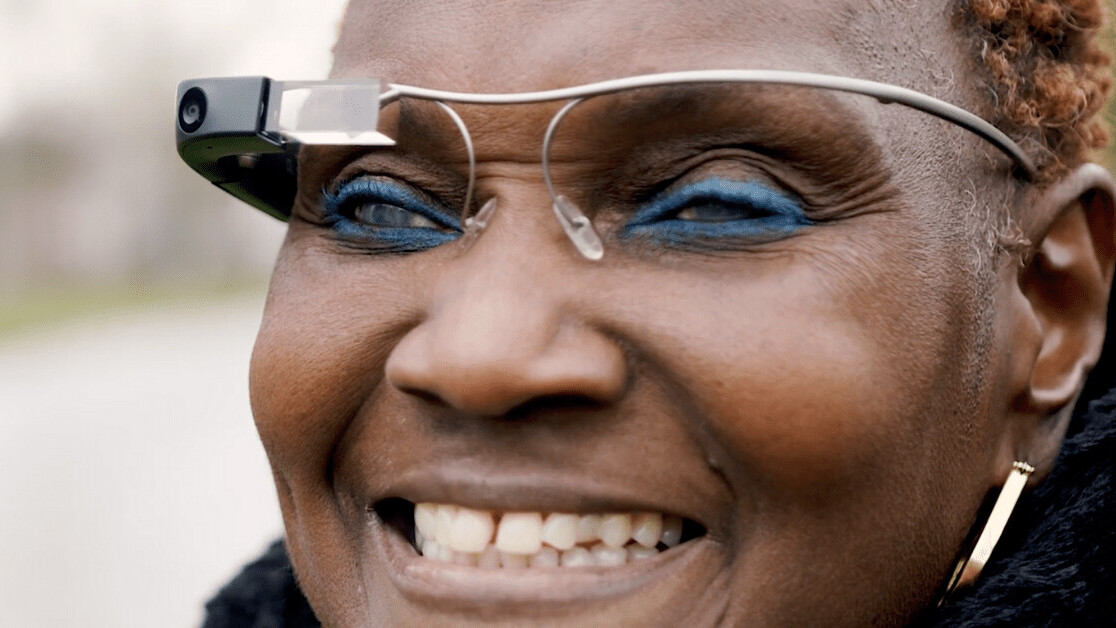Wearable Technology for Low Vision: Transforming How We Navigate the World
Wearable Technology for Low Vision: Transforming How We Navigate the World
Blog Article
Discover Advanced Assistive Devices for People With Visual Problems
The landscape of assistive innovation for people with aesthetic problems is advancing swiftly, presenting a range of innovative gadgets that improve freedom and engagement. From wise glasses that seamlessly combine visual input with auditory advice to advanced navigation applications that redefine spatial understanding, these devices are improving possibilities.
Smart Glasses Innovations
Smart glasses represent a substantial improvement in assistive modern technology for individuals with aesthetic disabilities. These ingenious gadgets integrate numerous attributes developed to boost the user's interaction with their setting. Equipped with cams and sensing units, smart glasses can record real-time aesthetic information, which is after that refined and conveyed to the user through audio responses or haptic feelings. This performance permits people to receive immediate descriptions of their environments, improving their capability to involve and browse with the globe.
In addition, innovations in expert system have actually better improved the capabilities of clever glasses. Artificial intelligence algorithms can identify faces, checked out message, and recognize items, making them invaluable devices for day-to-day tasks. Users can receive auditory cues that offer context concerning their environment, promoting self-reliance and confidence.
Furthermore, the ergonomic style and light-weight nature of several wise glasses make them suitable for long term usage, making sure convenience while enhancing capability. As these gadgets remain to progress, they hold the possible to change the method people with aesthetic disabilities experience their day-to-day lives, bridging the void in between availability and innovation. The ongoing research study and development in this area assurance to broaden the possibilities for smart glasses, making them a vital component of contemporary assistive tools.
Navigating Apps and Equipment
Countless navigating apps and tools have arised as vital sources for individuals with visual impairments, dramatically boosting their capability to traverse unknown environments. These modern technologies leverage general practitioner capability, audio hints, and real-time data to offer customers with precise navigation assistance.
One prominent example is the Aira app, which attaches customers to trained representatives that can provide aesthetic summaries of environments and navigation assistance via a live video clip feed. This service improves the customer's spatial understanding and self-confidence while navigating. An additional noteworthy device is Seeing Eye GPS, which uses voice-guided navigation and points of rate of interest, making it possible for individuals to access vital info about their environments.

As technology continues to development, the development of more advanced navigating devices promises to further empower people with visual problems, helping with smooth wheelchair and integration right into varied environments. Such developments are instrumental in promoting an extra inclusive culture.
Braille Innovation Developments
In recent times, improvements in Braille modern technology have actually significantly changed just straight from the source how individuals with aesthetic problems access information and involve with the world around them. The development of portable Braille screens has actually transformed analysis by allowing individuals to connect wirelessly to tablets, computer systems, and smartphones. These devices convert message into Braille in real-time, allowing seamless interaction with electronic material.
Additionally, cutting-edge Braille printers have actually emerged, boosting the manufacturing of tactile materials. Modern embossers are faster and more reliable, enabling the fast creation of Braille papers and educational materials. This efficiency reduces the time and cost connected with creating Braille sources, making them extra obtainable to institutions and companies.
Furthermore, the integration of Braille with various other technologies, such as expert system and artificial intelligence, has opened up new opportunities for customized knowing experiences. Voice recognition and synthesis innovations can complement Braille, offering an inclusive technique to information dissemination.
As the need for comprehensive education and learning and workplace atmospheres grows, these technological developments play a crucial duty in equipping individuals with aesthetic disabilities, ensuring they have equivalent accessibility to information and possibilities in numerous aspects of life.
Wearable Tools for Freedom
A growing variety of wearable gadgets is boosting freedom for people with visual disabilities, using ingenious solutions that enhance navigating and everyday living. Braille displays and notetakers. These devices make use of innovative technologies to offer real-time feedback and assistance, advertising freedom in various settings

Wearable technology likewise consists of smartwatches that can be programmed with availability attributes, making it possible for individuals to obtain notices, track their areas, and even call for assistance with the touch of a button. Some gadgets integrate artificial intelligence to analyze the environment, offering sound summaries of close-by items or individuals.
Voice-Activated Assistive Solutions
Leveraging voice-activated assistive options has changed the landscape of assistance for individuals with visual disabilities, giving hands-free interaction and access to a range of jobs. These technologies use all-natural language handling and expert system to make it possible for individuals to do day-to-day tasks with basic voice commands.

Furthermore, current advancements in voice acknowledgment precision have enhanced the user experience substantially, suiting varied accents and speech patterns. This inclusivity ensures that more people can gain from these innovations, cultivating a higher feeling of autonomy.
Final Thought
To conclude, the advancement of advanced assistive gadgets considerably boosts the independence and lifestyle for individuals with aesthetic disabilities. Developments such as wise glasses, navigating apps, Braille technology, wearable gadgets, and voice-activated solutions jointly promote an even more comprehensive setting. These technologies empower users to navigate their environments with confidence and engage more totally with the world, ultimately promoting better availability and equal possibilities for individuals dealing with visual difficulties.
The landscape of assistive technology for people with visual problems is progressing swiftly, offering an array of cutting-edge tools that improve autonomy and involvement.Smart glasses stand for a substantial improvement in assistive innovation for people with visual problems. As these tools continue to develop, they hold the prospective to transform the method individuals with visual problems experience their everyday lives, connecting the void in between access and innovation.In current years, innovations in Braille innovation have dramatically transformed how people with visual impairments gain access to details and engage with the globe around them. These technologies equip customers to browse their surroundings with self-confidence and engage more totally with the world, ultimately promoting greater accessibility and equivalent chances for individuals facing visual obstacles.
Report this page